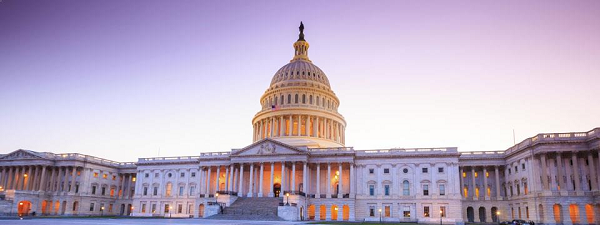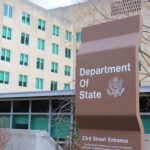 Ever since an August 12 court decision, technology companies, universities and foreign students have been eagerly waiting for the Department of Homeland Security (DHS) to republish a rule creating the “STEM OPT Extension,” part of the Optional Practical Training program that provides foreign students the right to work temporarily during or after their studies in the United States. A proposed rule was sent to the Office of Management and Budget (OMB) last Friday, so it could conceivably be released in time to meet the court’s February 12 deadline, if necessary.
Ever since an August 12 court decision, technology companies, universities and foreign students have been eagerly waiting for the Department of Homeland Security (DHS) to republish a rule creating the “STEM OPT Extension,” part of the Optional Practical Training program that provides foreign students the right to work temporarily during or after their studies in the United States. A proposed rule was sent to the Office of Management and Budget (OMB) last Friday, so it could conceivably be released in time to meet the court’s February 12 deadline, if necessary.
In order to understand why the time is getting short for the rule to be published means one must delve into the timeframes and procedures for regulatory action set forth in the Administrative Procedures Act (APA). Under the APA, an agency must publish a proposed rule with a request for comment, collect those comments, and then publish a final rule that takes those comments into account. (Note that the agency need not incorporate any of the suggestions into the final rule, but must provide a reasoned explanation for the choices made.)
Working backwards from the required effective date of February 12, 2016, then the first timeframe to take account of is the mandatory 60-day delay between the publication of the final rule and the effective date. Because the rule is a “significant rule” within the meaning of Executive Order 12866, a minimum 60-day delay between final publication and effective date is imposed. As such, to be effective on February 12, 2016, when the court’s order invalidates the STEM OPT rule, the final replacement rule must be published no later than December 14, 2015.
To publish a final rule by December 14, a proposed rule should be published at least 60 days before that date. The 60-day timeframe is set by the APA, which requires that any proposed rule be released with at least 30 days for comment from the public. After the comment period, the agency will need time to evaluate and analyze the comments – at least 30 days – before publishing the final rule. So, the draft rule should be published no later than October 15. Theoretically, DHS could take less than 30 days to review and incorporate comments into the final rule, but that would be difficult.
The February 12 deadline for a new rule may, however, be vacated, meaning the current STEM rule may stay in effect because of the current status of the litigation against the rule. The district court’s August 12 order was the result of a lawsuit brought by the Washington Alliance of Technology Workers (WashTech), which sought to challenge DHS’s authority to create any form of practical training work authorization. The district court’s order, holding that the practical training program was within DHS’s lawful authority, was not the result WashTech sought.
Since WashTech has appealed the court’s final order, all of the issues in the case are now before the Court of Appeals for the District of Columbia Circuit, where a three-judge panel will review the lower court’s rulings. These rulings – that WashTech has sufficient standing to bring a challenge to the OPT program; that the OPT program is within DHS’s authority; and that the STEM OPT rule was procedurally defective – are the basis for the court’s order vacating the STEM OPT rule. Since all those questions are under review, the government will likely ask the court to stay the lower court order, suspending the February 12 deadline, well before it goes into effect.
Written by William Stock, AILA President-Elect






